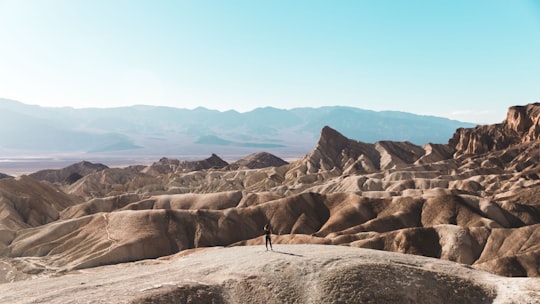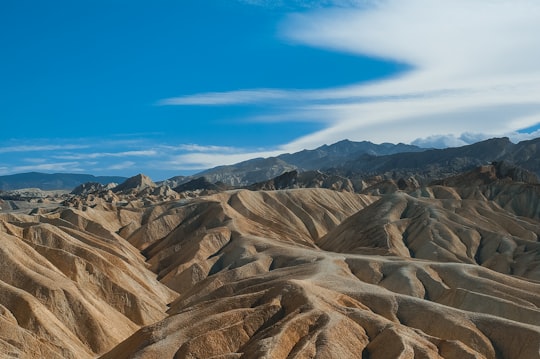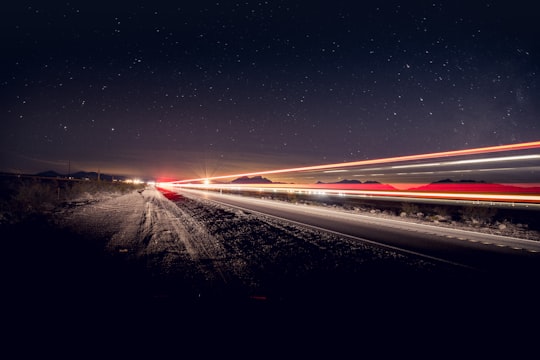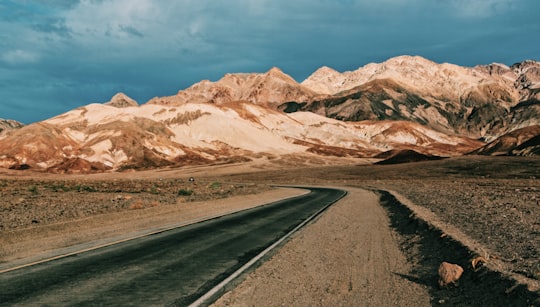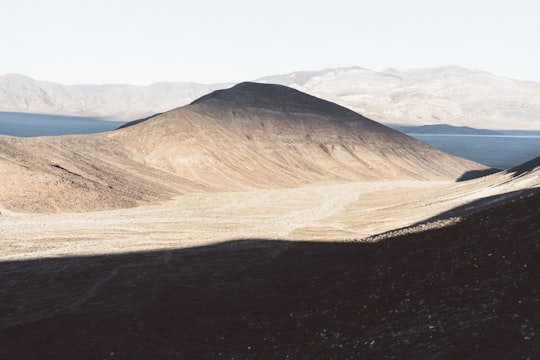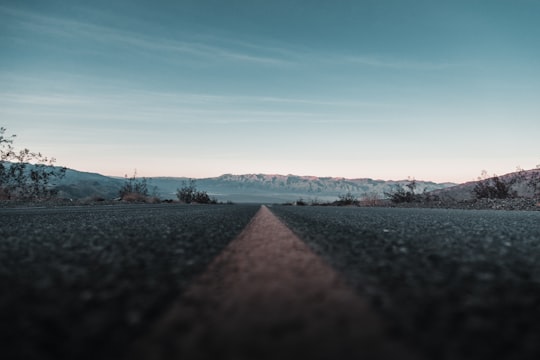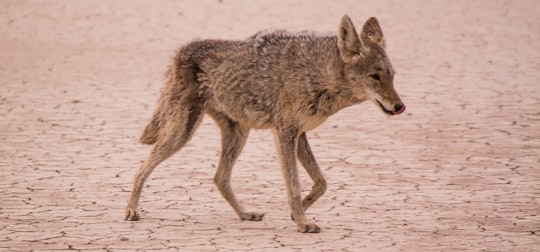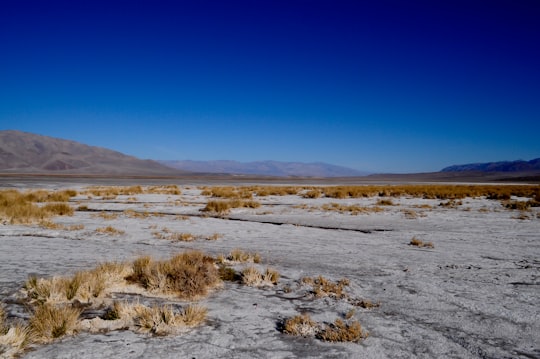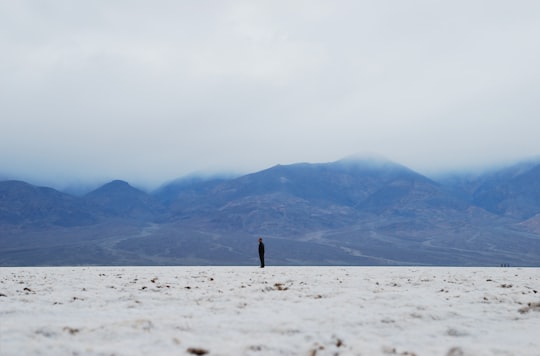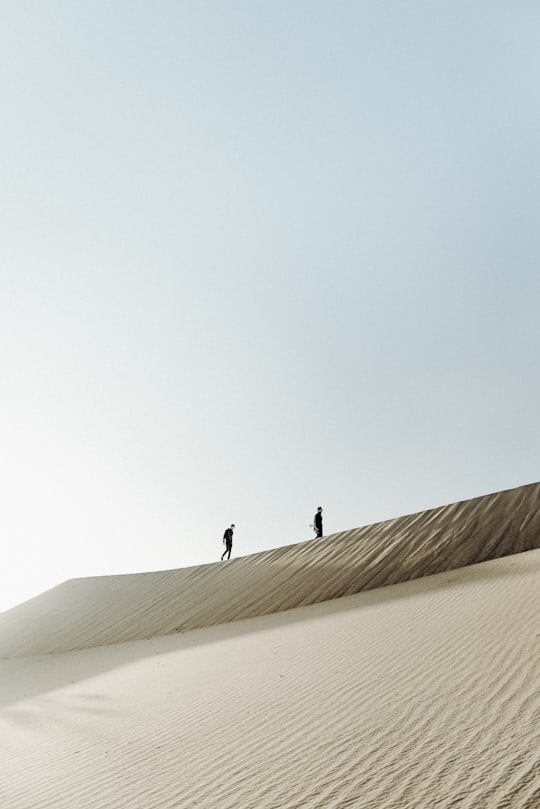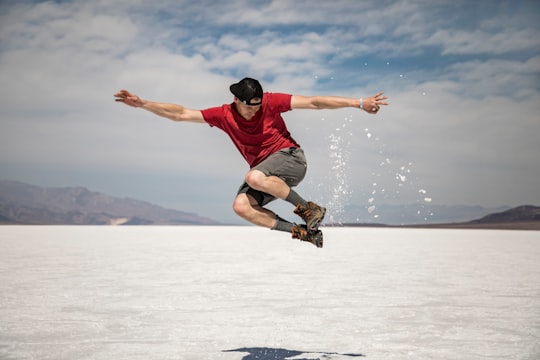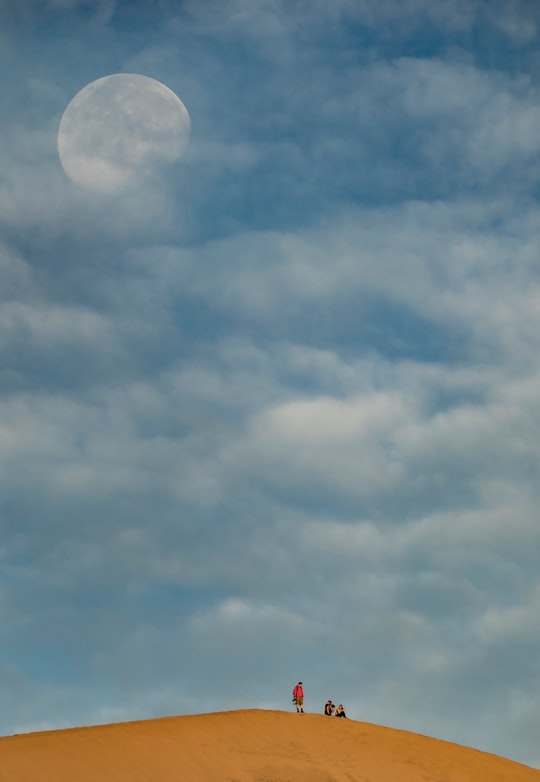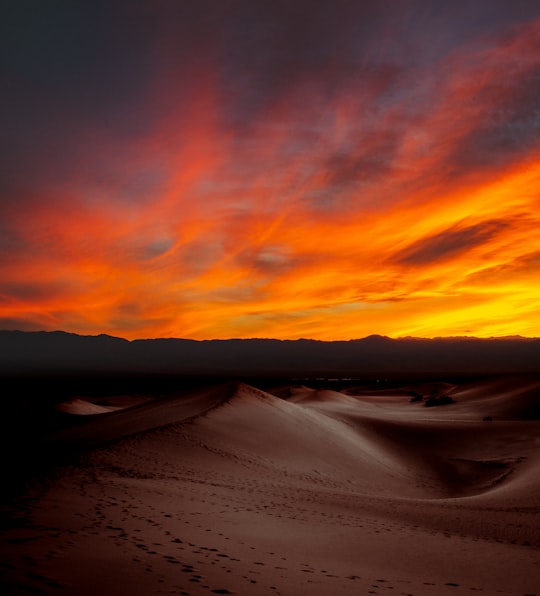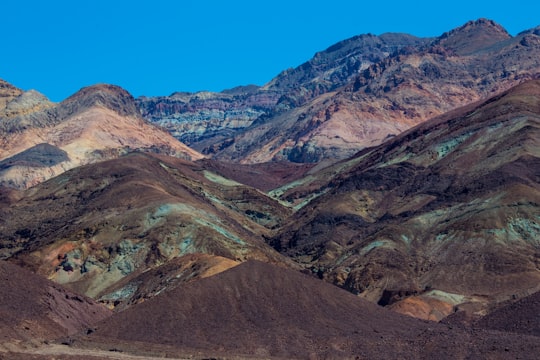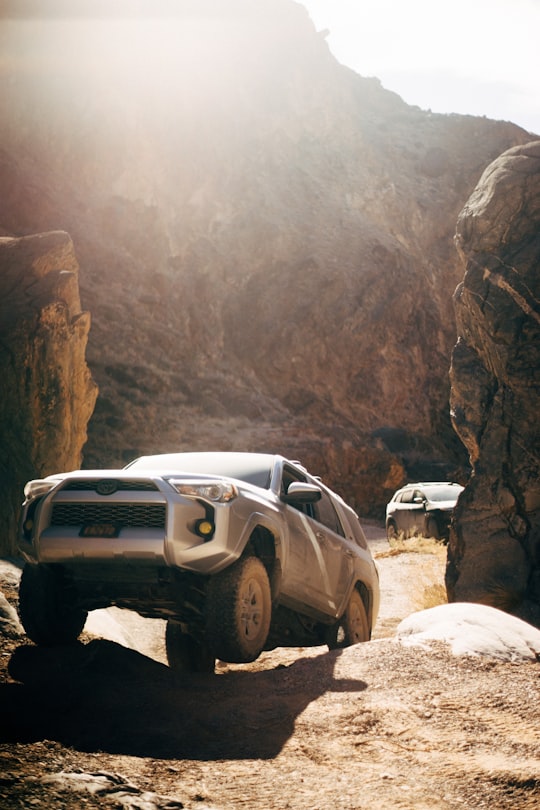Travel Guide of Death Valley in United States by Influencers and Travelers
Death Valley is a desert valley located in Eastern California, in the northern Mojave Desert bordering the Great Basin Desert. It is one of the hottest places in the world along with deserts in the Middle East and the Sahara.
Pictures and Stories of Death Valley from Influencers
20 pictures of Death Valley from Bobby Burch, Pablo García Saldaña, Anchor Lee and other travelers
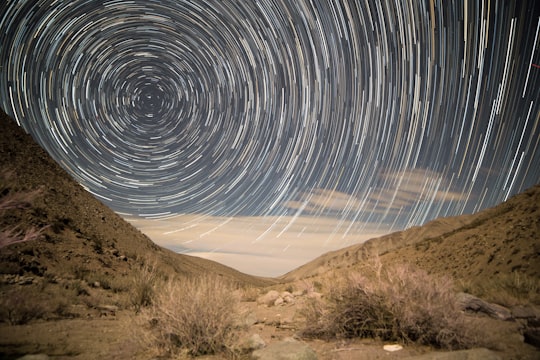
- 145 30-second exposures smashed together after a recent trip to Death Valley. ...click to read more
- Experienced by @Bobby Burch | ©Unsplash
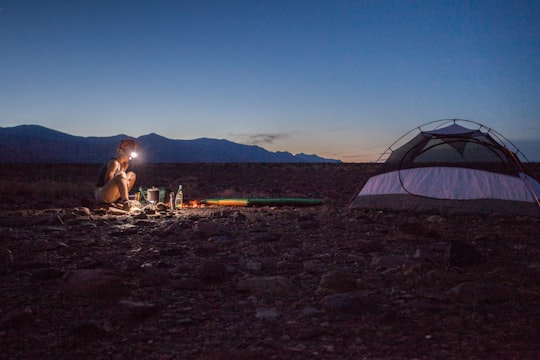
- Backcountry camping in Death Valley ...click to read more
- Experienced by @Yuriy Rzhemovskiy | ©Unsplash

- Driving to Death Valley ...click to read more
- Experienced by @Pablo García Saldaña | ©Unsplash
Plan your trip in Death Valley with AI 🤖 🗺
Roadtrips.ai is a AI powered trip planner that you can use to generate a customized trip itinerary for any destination in United States in just one clickJust write your activities preferences, budget and number of days travelling and our artificial intelligence will do the rest for you
👉 Use the AI Trip Planner
The Best Things to Do and Visit around Death Valley
Disover the best Instagram Spots around Death Valley here
1 - Death Valley National Park
Death Valley National Park is an American national park that straddles the California–Nevada border, east of the Sierra Nevada.
Learn more Book this experience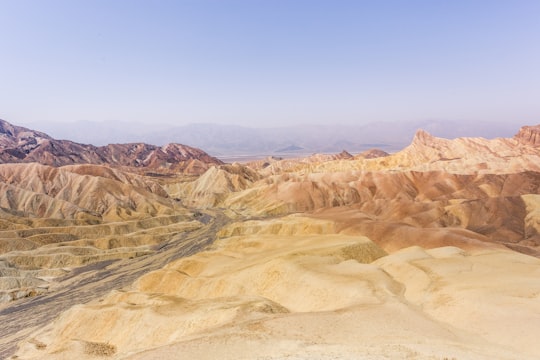

2 - Badwater Basin
Badwater Basin is an endorheic basin in Death Valley National Park, Death Valley, Inyo County, California, noted as the lowest point in North America and the United States, with a depth of 282 ft below sea level.
Learn more Book this experience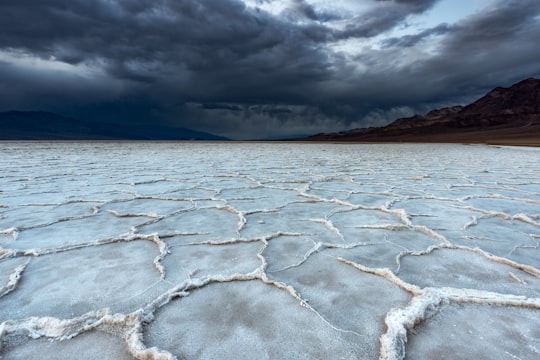
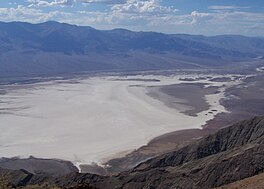
3 - Dante's View
9 km away
Dante's View is a viewpoint terrace at 1,669 m height, on the north side of Coffin Peak, along the crest of the Black Mountains, overlooking Death Valley. Dante's View is about 25 km south of Furnace Creek in Death Valley National Park.
View on Google Maps Book this experience
4 - Stovepipe Wells
16 km away
Stovepipe Wells is a way-station in the northern part of Death Valley, in unincorporated Inyo County, California.
Learn more Book this experience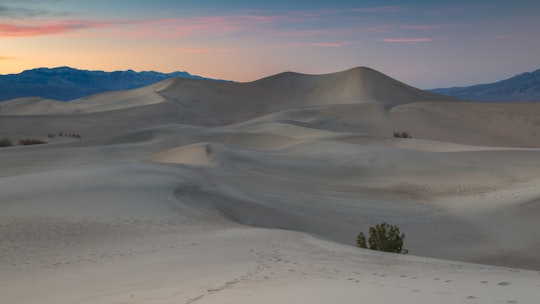
5 - Zabriskie Point
19 km away
Zabriskie Point is a part of the Amargosa Range located east of Death Valley in Death Valley National Park in California, United States, noted for its erosional landscape.
Learn more Book this experience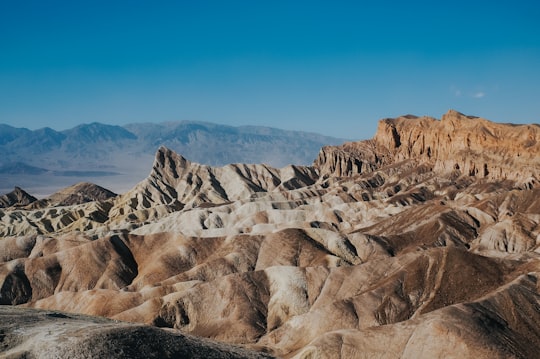

6 - Furnace Creek
24 km away
Furnace Creek is a census-designated place in Inyo County, California, United States. The population was 136 at the 2020 census, up from 24 at the 2010 census. The elevation of the village is 190 feet below sea level.
View on Google Maps Book this experience
Book Tours and Activities in Death Valley
Discover the best tours and activities around Death Valley, United States and book your travel experience today with our booking partners
Learn More about Death Valley
Located in the Sierra Nevada Mountains of California, Death Valley National Park is one of the largest national parks in the United States (1,628 km2). The name Death Valley was given by the first European gold seekers who crossed into California during the Gold Rush in 1849. They found themselves trapped in this hostile and dry nature where no animal or plant life could take shape. But only one member of this procession died. Today, Death Valley attracts mostly tourists. The gold diggers have disappeared. But in the past, during the Gold Rush, they built mining towns here, because there are many minerals in the subsoil of this hostile region. Tourism began to emerge in the 1920s. Tourists came to enjoy the benefits of the site's hot springs. Death Valley was declared a national monument in February 1933 and a biosphere reserve in 1984. Mining seriously degraded the site. Today, only two Borax mines are still active. Tourism has become one of the main resources of the region. Many sites can be visited within the park. Artist's Palette, Charcoal Kilns, Dante's View, Golden Canyon, Rhyolite, Sand Dunes, are just a few examples of the sites to be discovered, but there are many others. The salt sea, canyons, palm groves, sand dunes, craters and geological phenomena are just some of the different landscapes that can be seen in Death Valley. Be extremely careful if you go alone. Bring water and don't visit during the summer, as the temperatures are very high (over 40 degrees in the shade).
Where to Stay near Death Valley
Discover the best hotels around Death Valley, United States and book your stay today with our booking partner booking.com
More Travel spots to explore around Death Valley
Click on the pictures to learn more about the places and to get directions
Discover more travel spots to explore around Death Valley
🛣️ Road trip spots ️🏜️ Badlands spots 🌲 Ecoregion spots ⛰️ Hill spots ️🏜️ Desert spots ⛰️ Highland spots Extreme sport spots 🛣️ Off-roading spots 🌲 Plain spots ️🏜️ Dune spots 🐾 Wildlife spots Yurt spotsTravel map of Death Valley
Explore popular touristic places around Death Valley
